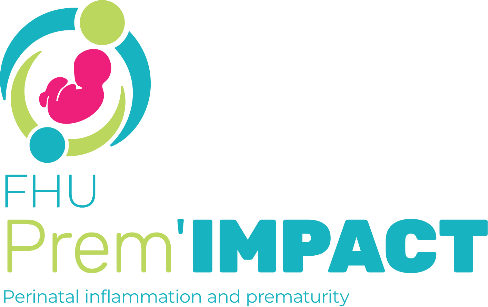Abstract
Objective: To assess the association between early empirical antibiotics and neonatal adverse outcomes in very preterm infants without risk factors for early-onset sepsis (EOS).
Study design: This is a secondary analysis of the EPIPAGE-2 study, a prospective national population-based cohort that included all liveborn infants at 22-31 completed weeks of gestation in France in 2011. Infants at high risk of EOS (ie, born after preterm labor or preterm premature rupture of membranes or from a mother who had clinical chorioamnionitis or had received antibiotics during the last 72 hours) were excluded. Early antibiotic exposure was defined as antibiotic therapy started at day 0 or day 1 of life, irrespective of the duration and type of antibiotics. We compared treated and untreated patients using inverse probability of treatment weighting based on estimated propensity scores.
Results: Among 648 very preterm infants at low risk of EOS, 173 (26.2%) had received early antibiotic treatment. Early antibiotic exposure was not associated with death or late-onset sepsis or necrotizing enterocolitis (OR, 1.04; 95% CI, 0.72-1.50); however, it was associated with higher odds of severe cerebral lesions (OR, 2.71; 95% CI, 1.25-5.86) and moderate-severe bronchopulmonary dysplasia (BPD) (OR, 2.30; 95% CI, 1.21-4.38).
Conclusions: Early empirical antibiotic therapy administrated in very preterm infants at low risk of EOS was associated with a higher risk of severe cerebral lesions and moderate-severe BPD.
